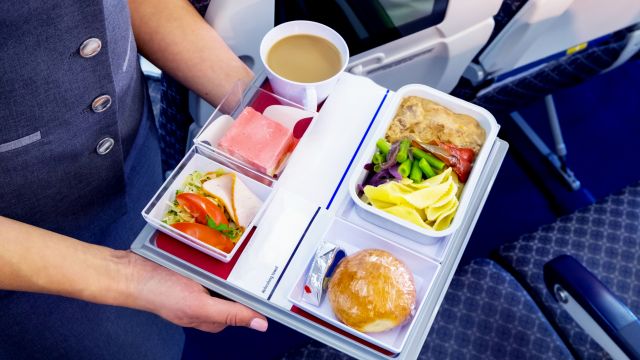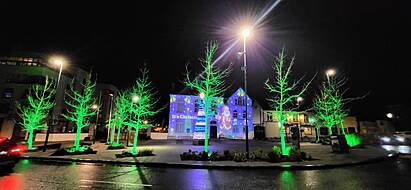Gordon Ramsay spent years working for Singapore Airlines, and once remarked with characteristic colour that there was “no f****** way” he’d eat on a plane. “I worked for airlines for 10 years,” he told Refinery29 in 2017, “so I know where this food’s been and where it goes.”

But it now seems we didn’t know what we had until it was gone, as airlines across the world have repurposed their much-maligned menus into successful, land-based eateries.
The public proved their appetite earlier in the year, when a host of airline suppliers began offloading unneeded meals as cheap and cheerful home deliveries. Israeli company Taman Kitchen, which catered for El Al, Turkish Airlines and many more pre-pandemic, started delivering low-cost trolley staples on demand, including to famous illusionist Uri Geller.
Among many others, Virgin Australia provider Gate Gourmet began selling their frozen economy meals to the public, while caterers for Indonesian carrier Garuda Indonesia started a similar service named Fly with Meals, delivering everything down to plastic cutlery and tray.
Then Thai Airways opened a pop-up restaurant in their office canteen in Bangkok, in which diners can eat food from the standard airline menu, in recycled airline seating, after entering with an airline-style boarding pass. The food is served by real cabin crew, and there are even options for business and economy class.
For some, the appeal seems to be less the food itself, more the experience of eating on a plane. Singapore Airlines has now opened an outlet inside a stationary A380 superjumbo, in which guests pay up to €400 to enjoy an in-flight menu without having to worry about the seatbelt sign. That may seem steep, but the first round of reservations sold out within half an hour.
One airline was so confident in its culinary competence it opened a restaurant the pandemic gathered pace. AirAsia opened the Santan restaurant in Kuala Lumpur, and claims to be the first airline food café of its kind.
Customers can order all their in-flight faves from a set of self-service machines, before collecting at the counter. The restaurant found its niche during the pandemic, and seems destined to become a franchise.
If this all seems strange, consider that some frequent flyers are missing planes so much they’re booking literal ‘flights to nowhere’. Taiwan’s EVA Air, Japan’s ANA, and Australia’s Qantas have all sold out ‘sightseeing flights’ in which planes take off, fly around for a bit, and then return to the runways whence they came.
On the plus side, airline food might genuinely taste better on the ground. At high altitude the air pressure can inhibit our taste buds and the low humidity can wreck our sense of smell, meaning food can taste worse than it actually is.







